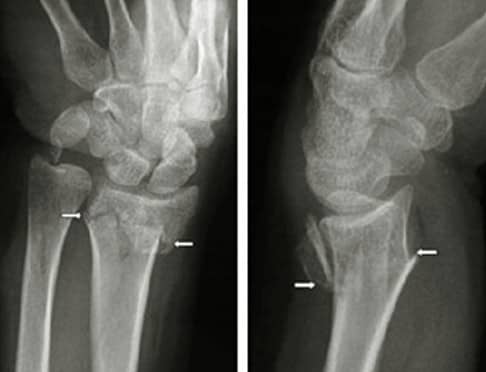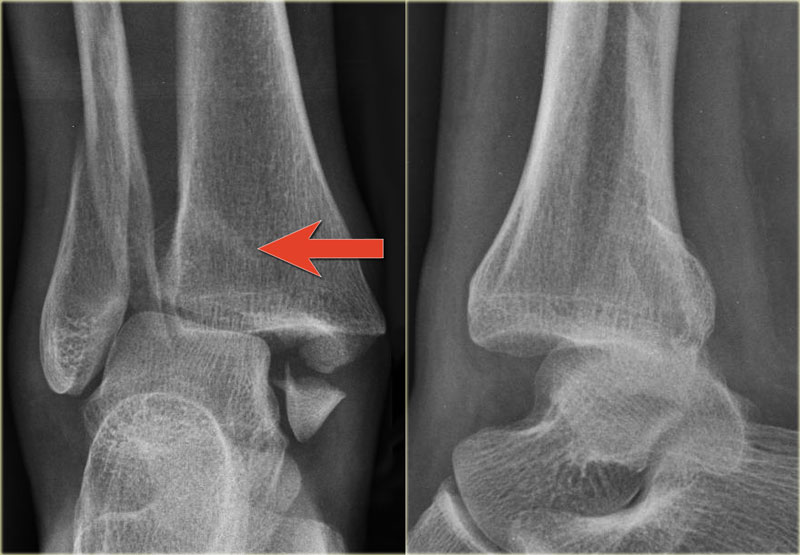
Epidemiology studies have suggested that CTS can occur concomitantly with trigger finger 7, 8.

Trigger finger often results from the mismatch of the flexor tendons and the surrounding retinaculum of the A1 pulley, and it may be caused by postoperative wrist or finger stiffness after a DRF. Acute CTS may often require emergent release surgery, and observation is initially sufficient for the other two types 6. CTS after DRFs can be classified into 3 types by the onset and development of symptoms: acute, transient, or delayed. The pressure in the carpal tunnel can easily be increased by a space-occupying lesion or the inflammatory condition after DRFs, which results in median nerve compression, a measurement pathognomy for CTS 5. The carpal tunnel is the passageway deep to the transverse carpal ligament between the tubercles of the scaphoid and trapezoid bones on the radial side and the pisiform and hook of the hamate on the ulnar side. Flexor tendon injuries after ORIF for DRFs may further cause trigger finger, but reports regarding this complication are rare 3, 4. Open reduction and internal fixation (ORIF) with volar plating for DRFs is a standard choice for treatment, but the common complications include arthrosis, tendon ruptures, complex regional pain syndrome, wrist or finger stiffness, and carpal tunnel syndrome (CTS) 2. Diabetes mellitus was a significant risk factor for CTS and trigger finger within 9 months after the incidence of DRFs.ĭistal radius fractures (DRFs) are the most common fractures seen in the emergency department and account for approximately 25% of fractures in the paediatric population and up to 18% of all fractures in the elderly age group however, they have a considerable effect on the life quality of younger adults 1. CTS were significantly associated with ORIF for DRFs within 9 months after the fracture, whereas trigger finger was not significantly different between groups. Five cases of trigger finger were diagnosed in the case group, and 3 cases were diagnosed in the control group. Nine patients underwent carpal tunnel release (CTR) surgery after diagnosis of CTS in the case group, and no patients did in the control group whereas 19 cases of CTS were diagnosed without CTR in the case group, and 4 such cases were observed in the control group.

The mean age was approximately 55 years old, and the female to male ratio was approximately 3/2. In total, 1454 patients in the case (ORIF) cohort and 1454 patients in the control (non-ORIF) cohort were included in this retrospective study. This study assessed the incidence of CTS and trigger finger after DRFs using Taiwan National Health Insurance Research Database. New-onset carpal tunnel syndrome (CTS) and trigger finger after distal radius fractures (DRFs) with or without open reduction and internal fixation (ORIF) have been reported inconsistently across different studies.


 0 kommentar(er)
0 kommentar(er)
